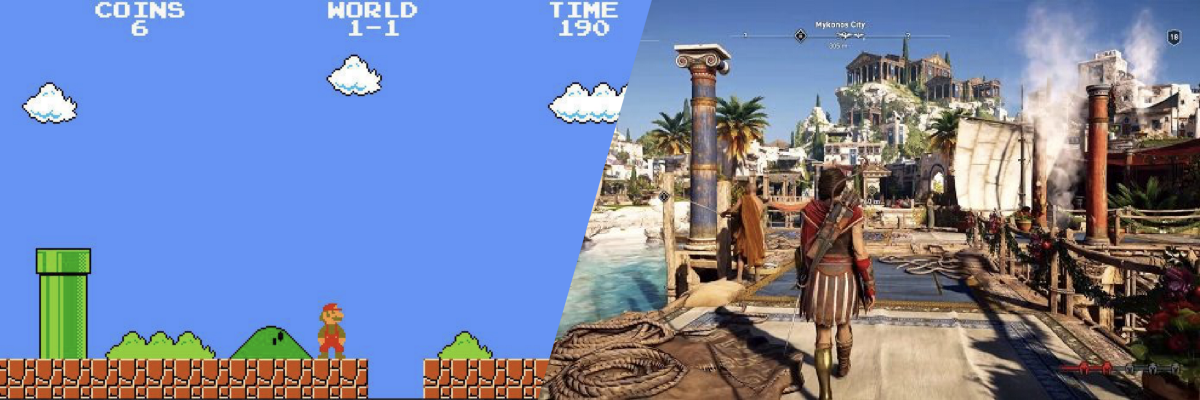Product teams, I’ve got bad news: We’re in a rut. For the last decade, we have designed apps (and websites) in the same tightly controlled way: prioritized interaction flows for an ever growing amount of use cases, screens made of templates with a component system, and a rigid app information architecture. We have created tools and libraries to do this more quickly, but the end output is the same: Bland products with too many features crammed onto the main page, trying to be everything for everybody. And this rut is preventing us from doing what many of us are trying to do: create sticky personalized product experiences that truly understand our users and hold their attention for years.
How we make things is based on limitations of technology.
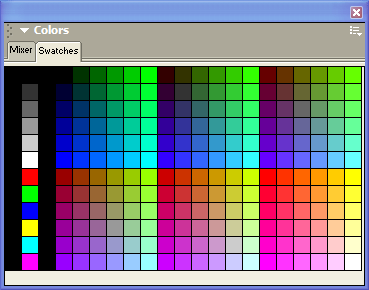
Back in my day…(get off my lawn!) we used 256 web safe colors, to fit within the limitations of our user’s 8-bit monitors. A decade later, Flat Design became a popular way to avoid making multiple sets of assets for the growing number of screen sizes, and helped with bandwidth and performance issues.
Fast forward to now, current product design is still limited to features that keep users in a predetermined flow. For example, on Instagram, you can view your feed or submit a post through a series of steps. In your calendar app, you can either view your calendar or create a new event.
There might be one or two different ways to enter these flows, but for the most part, everyone experiences the same linear step-by-step flow. A user sees the same limited number of screens that everyone else does, and customization comes through personalized content. The app framework and how the features work are rigid and unchanging. If a user somehow does something novel with our apps, we dutifully note it and keep working on our “main” use case. We product teams kinda like that. It’s safe. We’re in control. But is this way of creating products a constraint of our current tech limitations? Or did we just get lazy?

One thing to do when you are in a rut is to look at another industry and shamelessly borrow inspiration. We did that a while back with the whole “Gamification” thing, which spawned all sorts of new ideas about how to keep users engaged with our products. Let’s shake down the game industry for inspiration again.
Unlike our industry, video game hardware manufacturers and game developers have constantly challenged each other to push the limits of available technology. Video games get better because the hardware systems become more powerful, and hardware gets better because video games demand even more. The outcome of this is immersive experiences that players dedicate an ever increasing amount of time and money playing.
What if the video game industry had stagnated on side-scrollers like Super Mario Brothers and role playing games with a single main quest line?
Historically, video games had a rigid path to completion. You chose from a handful of characters (you could be either Mario or Luigi, yay!), and you played each level of the game — collecting coins and defeating a slightly harder end boss. After 28 levels of this, you got to the end of the game. Your character hadn’t changed much, but you were able to kill the biggest of the bad guys, save the princess in the limited storyline, and the credits rolled. You were done! But the game industry wasn’t. Rather than let players live happily ever after it innovated to keep you engaged in ever more immersive experiences with higher and higher replay value.
Things changed in 2001 with Grand Theft Auto 3. It was one of the first open-world games to embrace a non-linear story structure where the player could change the outcome of the game by doing different things. Pissing off members of a certain gang changed your reputation, which impacted the story and available quests. It uniquely emerged in response to you. Besides the main quest line, a player could also just decide to do some side quest deliveries. Or just rack up 5 stars on your Wanted Level and attempt to evade the police. It was a wild commercial and gaming culture success.
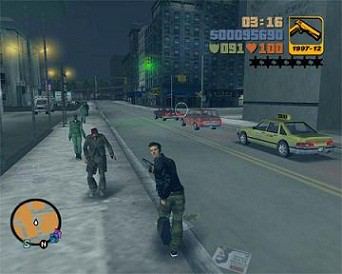
Open-world games evolved even further in the last decade, discovering all sorts of things we should appropriate.
The most important change was an attitude shift. Game developers let go of the need to control what exactly each player was doing at all times and acknowledged that a player might not always want to play the main quest line — and that was cool. They created a rich system that could identify what the user was doing in-game, and then change the story of the game itself based on the user’s behavior. The goal was to create game experiences that stuck around for months rather than a few days.
Game developers fundamentally changed the game based on the actions a character takes in a few key ways.
1 Embraced non-linear gameplay structures putting players in charge of how the story evolves. A nonlinear game may permit multiple sequences to finish the game, a choice between paths to victory, different types of victory, or optional side-quests and subplots. Players still experience the game linearly, even if that linear arc is different from one player to the next. And in fact, if a player sees just a small portion of a game world, it’s still considered a success as long as they kept coming back.

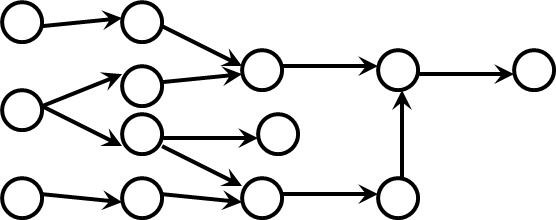
2 Created game systems driven by mechanics, in order to create more flexible systems. In 2004, this Mechanics, Dynamics, Aesthetics paper rocked the game industry, and gave a new framework for approaching game development. The authors of the paper defined MDA as follows:
“Mechanics describes the particular components of the game, at the level of data representation and algorithms. Dynamics describes the run-time behavior of the mechanics acting on player inputs and each other’s outputs over time. Aesthetics describes the desirable emotional responses evoked in the player, when she interacts with the game system.”
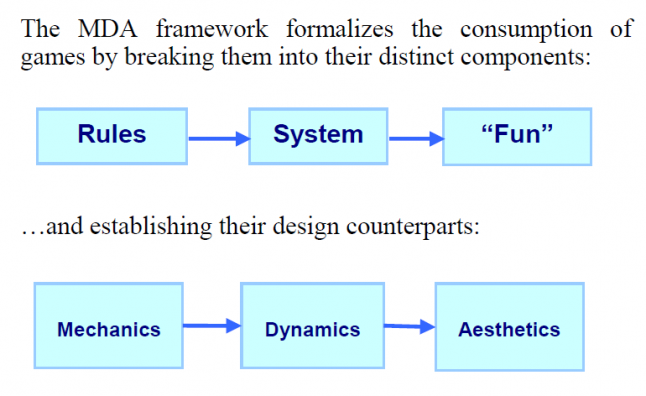
Game design is now the subtle art of balancing the mechanics of many different systems: Character creation, progression (leveling and gaining skills), combat, and the economy just to name a few. And because it’s turtles all the way down, a popular technique is implementing mini-games within the main game to appeal to different kinds of players, or even pique the interest of an established player who is bored of their main mode of play. For example World of Warcraft, a popular quest-driven role playing game, later added mini-games like farming (a la FarmVille) and pet battling (a la Pokemon).
3 Tracked robust character profiles in order to focus on a player’s growth, behavior and journey. In early Super Mario Brothers, character tracking probably included current level and number of coins. Can’t do much with that. Games now power a variety of player experiences by being aware of more elements in a character’s profile, like: Level, quests completed, moves, skills, gear, reputation, money, average playtime, last login, etc. For example, NPCs (Non-Player Characters that loiter around giving out quests) no longer repeat a single frustrating line of dialog. Because games are tracking more about character progression, an NPC’s response can change based on more factors, enriching the story.
